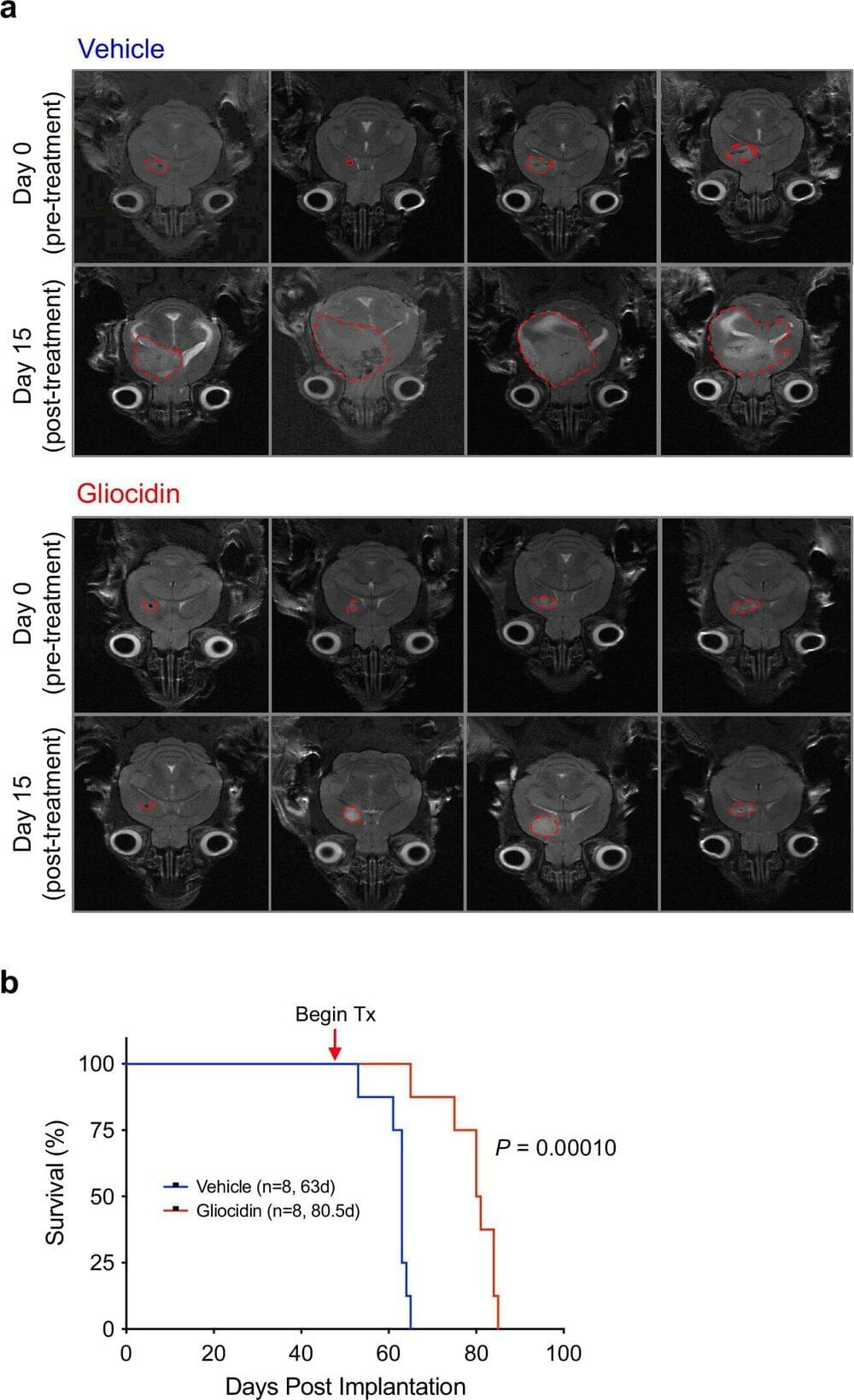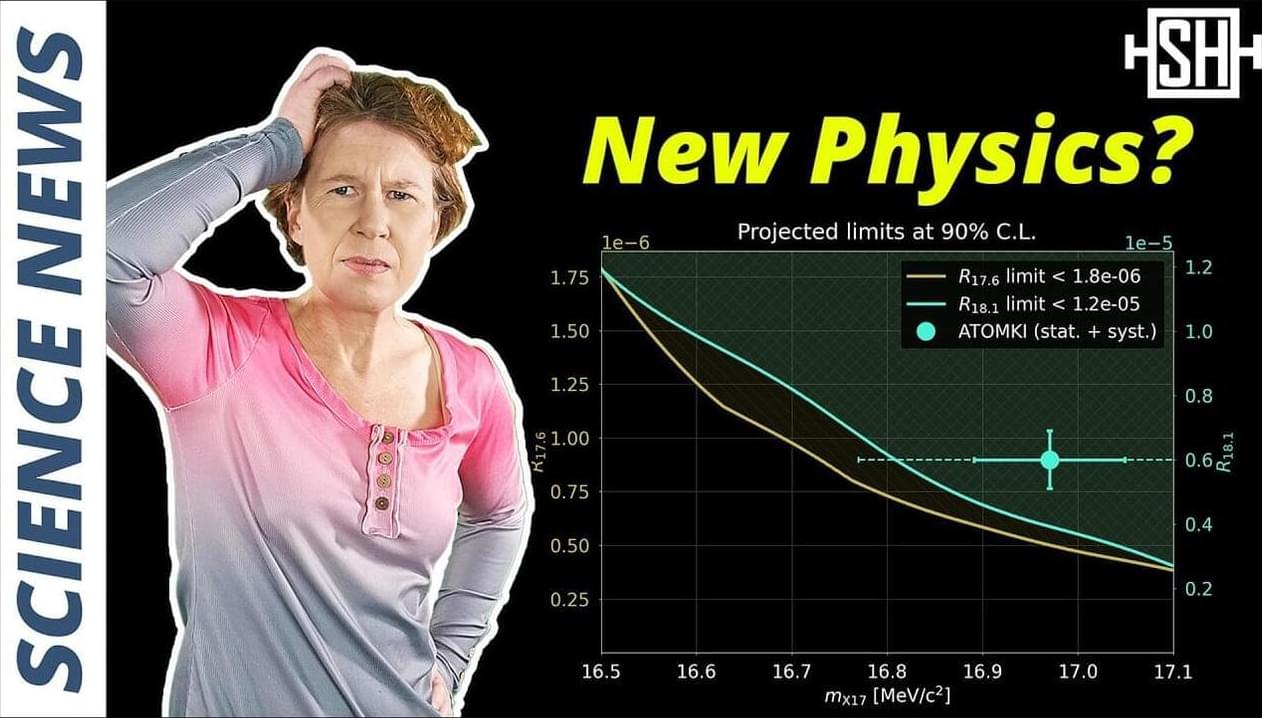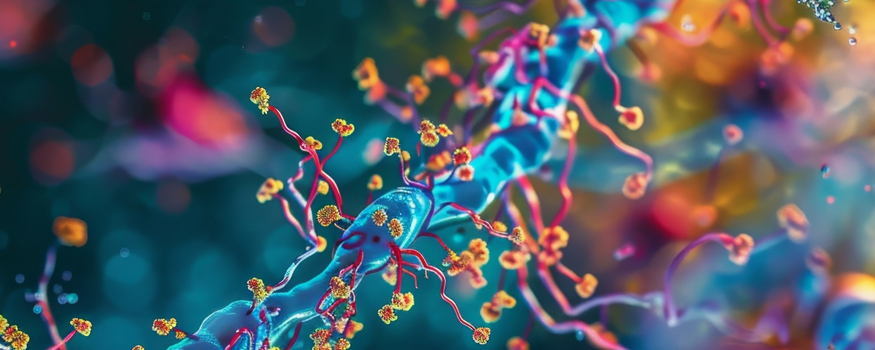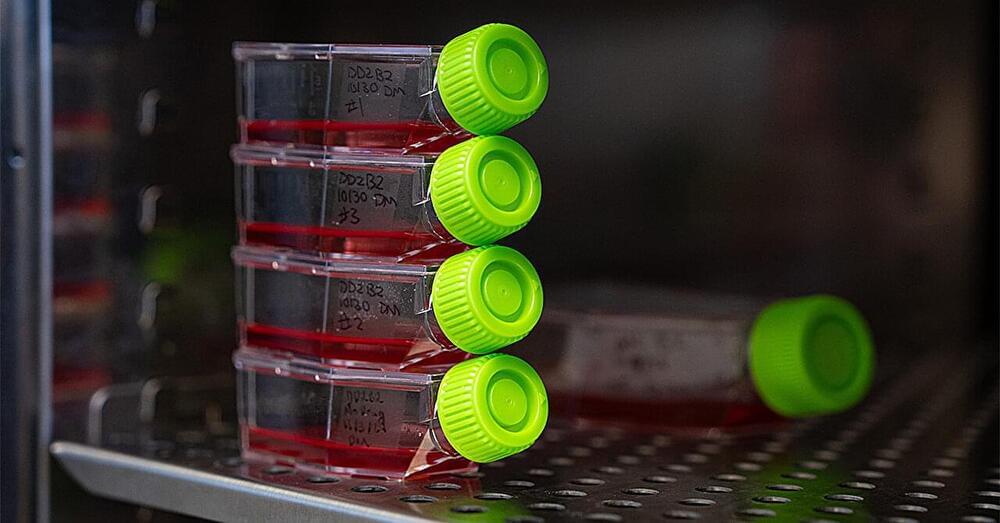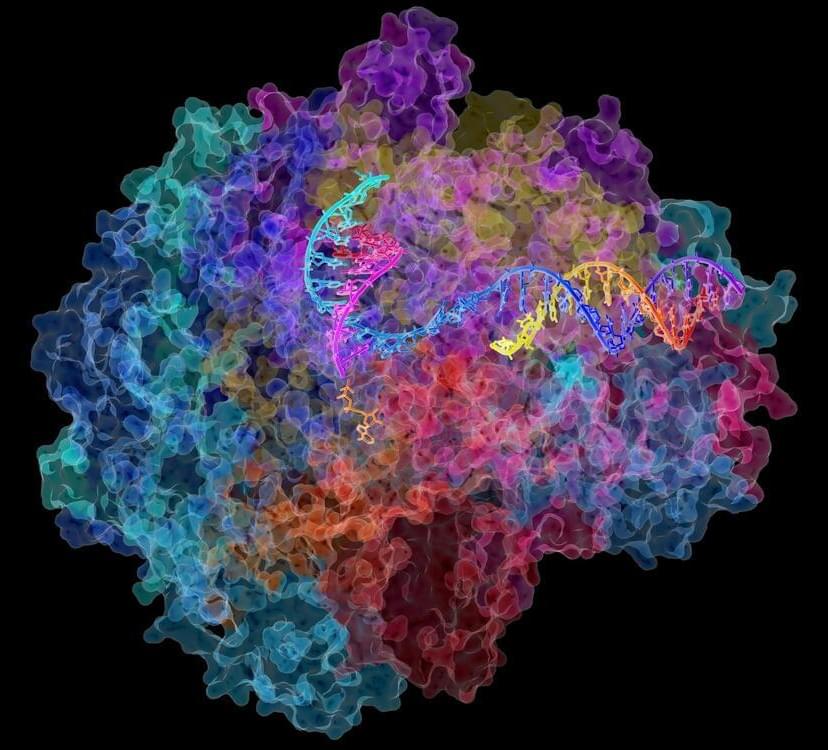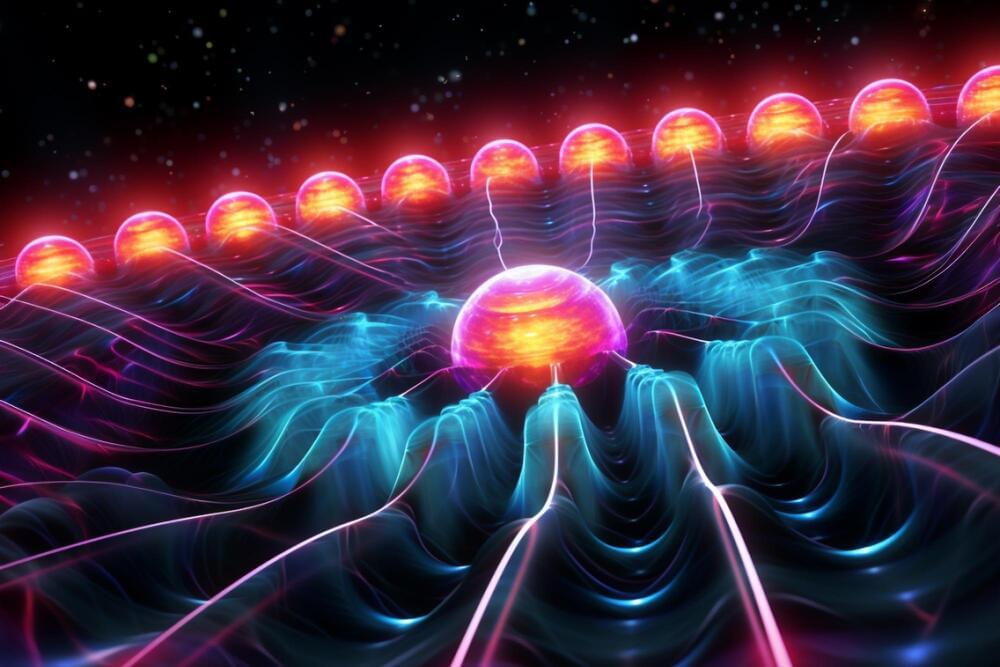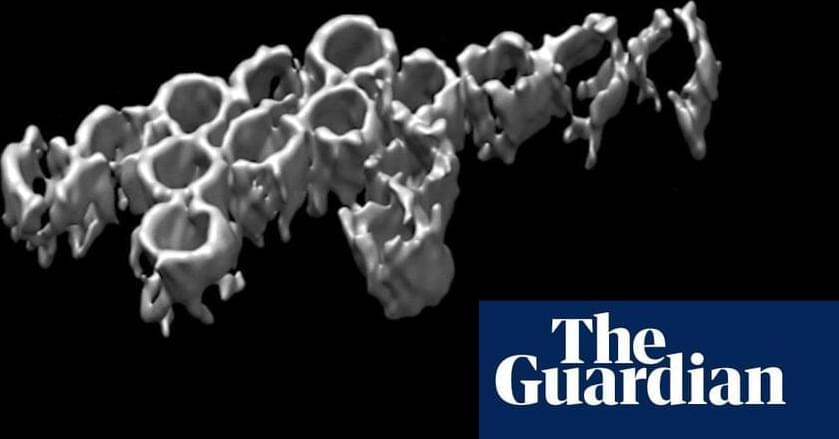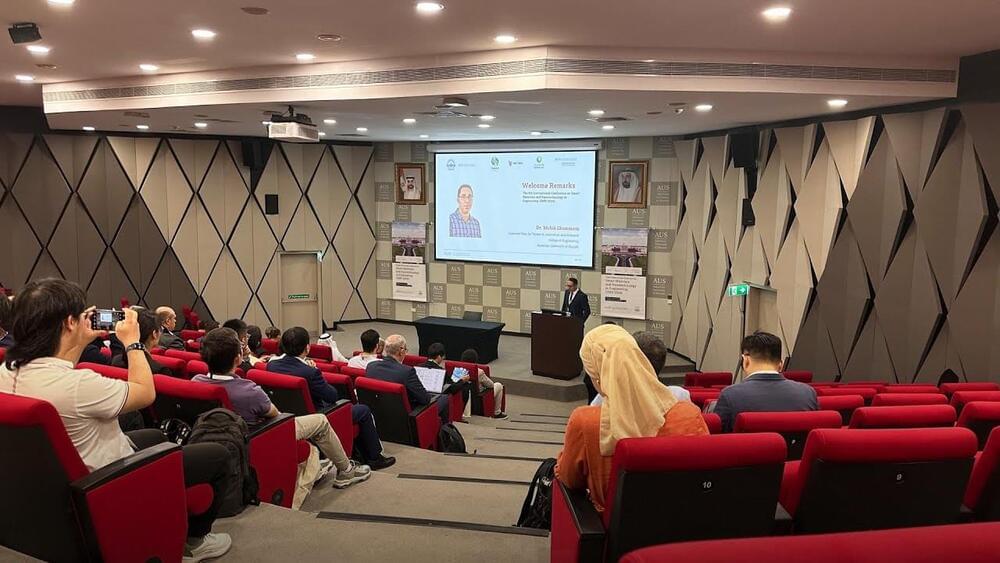Nov 28, 2024
Glioblastoma treatment shows promise in mouse study
Posted by Shubham Ghosh Roy in categories: biotech/medical, genetics, neuroscience
Memorial Sloan Kettering Cancer Center-led researchers have identified a small molecule called gliocidin that kills glioblastoma cells without damaging healthy cells, potentially offering a new therapeutic avenue for this aggressive brain tumor.
Glioblastoma remains one of the most lethal primary brain tumors, with current therapies failing to significantly improve patient survival rates. Glioblastoma is difficult to treat for several reasons. The tumor consists of many different types of cells, making it difficult for treatments to target them all effectively.
There are few genetic changes in the cancer for drugs to target, and the tumor creates an environment that weakens the body’s immune response against it. Even getting medications near targets in the brain is challenging because the protective blood-brain barrier blocks entry for most potential drug treatments.
